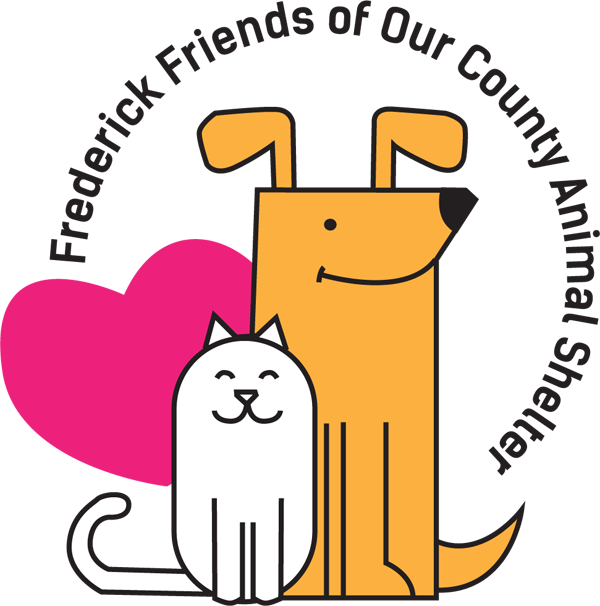
Tip Me Frederick provides advice and resources to help people take care of “community” or feral cats while reducing or eliminating nuisance concerns for neighbors. Tip Me Frederick is a fantastic resource; we recommend that you check out their website and contact them for advice. However, please understand that Tip Me Frederick is an all-volunteer organization. They are already stretched very thin helping the many community cats in need. Be ready to help them as much as possible.
A few resources and ideas to consider:
Community cats may behave like wild animals, but they are still cats—a domesticated species dependent on humans for their well-being. They require caretakers who are willing and able to get them spayed/neutered and vaccinated and provide them with food, fresh water, and shelter from extreme temperatures. This kind of care is called trap-neuter-return-manage (TNRM).
Community cats and kittens who are friendly may be lost, and steps should be taken to find their family. Friendly community cats who are unclaimed may be candidates for adoption through a rescue organization or (in some cases) the shelter. But many community cats, even if they can be petted by familiar humans, are virtually unhandleable by other people, especially in a stressful shelter setting; they are terrified of most humans, new environments, and any form of restraint. When such cats are brought to a shelter as strays, if staff are unable to handle them safely and no one claims them, they may be euthanized. Please carefully think through your decision to bring community cats to a shelter. On the other hand, cats who appear to be very ill or injured, such that euthanasia would be the most humane option, should be brought to the shelter or to a veterinarian.
Removing community cats simply opens up a territory that is likely to be quickly filled by more cats. If you trap the cats and bring them to the shelter, you’ll be starting a never ending cycle of trapping, with euthanasia the result for most cats.
A cat caretaker who is not physically able to do more than feed the cats could use help. The caretaker probably has a strong emotional attachment to the cats, as would the owner of a pet cat or dog, and would be devastated if the cats were removed and euthanized. If the cats are becoming a nuisance or the feeding and shelter areas are a mess, consider starting up a neighborhood TNRM project. Groups like Girl Scouts, Boy Scouts, or a Rotary Club may be interested in coordinating such a project. You’ll be helping the cats as well as the human who loves them, and you may even find it an immensely rewarding project that brings neighbors together.
Learn about TNRM—and how to humanely keep cats away from yards and other areas where they’re not wanted—at the following sites:


